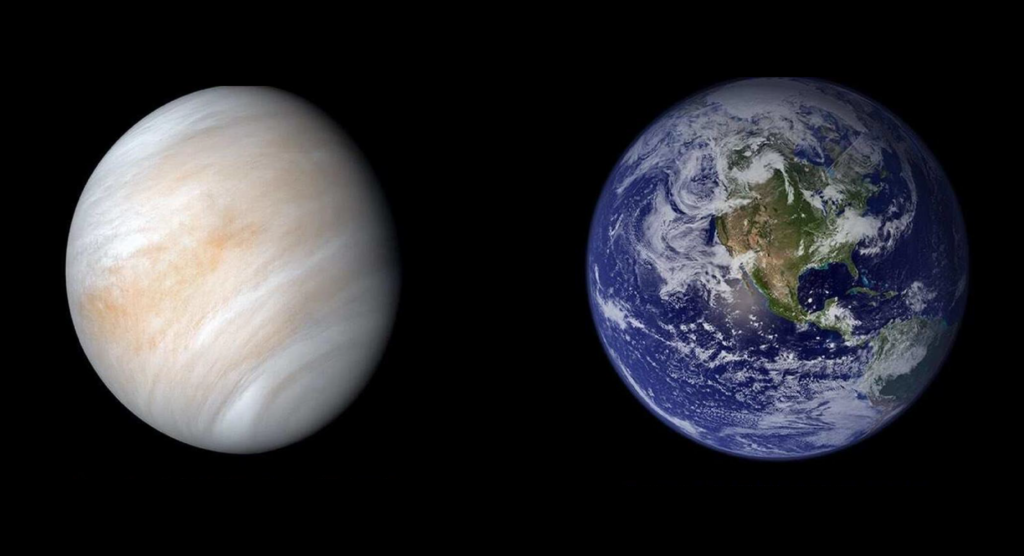Understand the evolution of the Venusian Water Inventory
Apply novel statistical and machine learning algorithms to the data interpretation in conjunction with complex models. Compare the strengths and weaknesses of simplified models with the self-consistent forward models. Train students in advanced statistical methods and large astronomical databases.
Venus took an evolutionary pathway that resulted in a very different outcome than the Earth’s. Understanding its evolution is hence key to understanding the emergence and evolution of so-called Earth-like Habitats within and beyond the Solar System. For Venus, the fundamental question to be resolved is whether a habitable environment existed in its past – or even at present. Two different evolutionary scenarios have been proposed in the past for Venus:
- Venus became hot and lost its water early on. It was hence never habitable for life as we know it.
- Venus cooled early on, attained an ocean, and remained temperate and habitable until a resurfacing event made Venus largely uninhabitable, potentially as recently as 700 million years ago.
In these scenarios, the ancient, hypothetically wet and habitable Venus at some point, faced a runaway greenhouse effect that finally transformed the planet into an extremely hot and dry body as the solar luminosity increased. While the water vapor should have mostly escaped to space, a temperate cloud layer containing droplets of H2O with slowly rising sulphuric acid concentration could have potentially formed and survived until the present day. Such a layer could provide habitable conditions for microbial life that migrated from the evaporating water reservoirs into the clouds when the planet evolved from a habitable into the harsh environment we observe today. Even this scenario poses seemingly insurmountable challenges to life as we know it, given that the water activity in the clouds of Venus is two orders of magnitude below the limit for known extremophiles.
To solve this riddle, we will investigate the following issues that are directly linked to the question before:
- Was Venus originally endowed with as much water as Earth, and if so, where did the H2O go?
- What triggered the catastrophic runaway greenhouse effect, how did the composition of the surface and the atmosphere change, and what was the impact on Venus’ surface morphology?
- How did the conditions within the Venusian cloud layer change over time, particularly given the H2O-SO2 fraction?
The results obtained within this project will shed new light on the fundamental question: Was the Earth’s inner neighbor once suitable for the appearance of life, and if so, when and how did its conditions become unfavorable?

